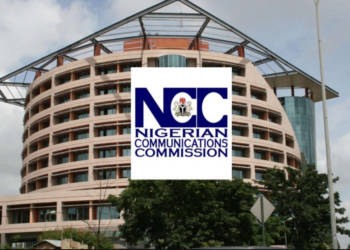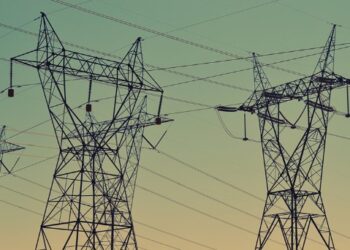The Rural Electrification Agency (REA) has launched a control room centre to monitor mini-grids in Nigeria.
This is according to a Punch report.
The federal government has introduced a new Energy Management System (EMS) to keep an eye on smaller electricity systems called mini-grids all over the country.
This system is based at the Rural Electrification Agency (REA)’s office in Abuja.
This centre is a control room for off-grid electricity. It’s a place where they can oversee and gather information about these smaller power systems that are not connected to the main electricity grid in Nigeria.
With the EMS, real generation, battery charging systems, solar radiation, carbon emissions reduction rates and discharge systems, as well as the overall environmental impact can be monitored.
The Minister of Power, Adebayo Adelabu, who was represented by Engr. Abubakar Dapshima, Director of Renewables and Rural Access at the Ministry of Power mentioned that the EMS is more than just a tool. It’s a way to fix the problem of not having enough information about energy in Nigeria.
He explained that this system is vital for getting better and more accurate data about energy. With good data, they can work towards making energy more reliable, accessible, and better for the environment.
He also said that this system is going to change the way they handle and use energy data across their plans to provide electricity to more areas in the country.
Note that the EMS implementation was carried out through an Official Development Assistance (ODA) by the Korea Institute for Advancement of Technology (KIAT).
According to the REA, the Energy Management System (EMS) for integrated energy management and control is expected to provide a state-of-the-art energy management capable of hosting all mini-grids in the country.
Some interesting data on Nigerian mini-grids
As of September 2022, the REA through partnerships with the World Bank and the African Development Bank (AfDB), had 65 completed mini grids spread across the country. At that time, they also deployed over 770,000 solar home systems that positively impacted the lives of over 3.5 million Nigerians.
In December 2022, the International Renewable Energy Agency (IRENA) released a report about off-grid renewable energy. It focused on two types of solar mini-grids: Tier-1 and Tier-2+.
Tier-1 solar mini-grids are systems that have a capacity of over 1-watt peak and offer the least amount of electricity with limited usage hours.
These mini-grids are reported to have been serving about 78,000 Nigerians from 2018 until 2021, with the number remaining consistent over these years.
They provide around 4 hours of power during the day and a bit over 2 hours in the evening. People using Tier-1 mini-grids can access specific lighting for tasks like sewing, radio, and phone charging.
On the other hand, Tier-2 and higher solar mini-grids have a capacity of over 20-watt peak.
The number of Nigerians using these improved systems grew from 54 in 2016 to 91,000 in 2019 and stayed the same up to 2021. These mini-grids offer over 4 hours of power during the day and about 2 hours in the evening.
Those connected to Tier-2 mini-grids have access to general lighting, television, computing, radio, phone charging, air circulation, printing, and specific task lighting, like sewing.

























